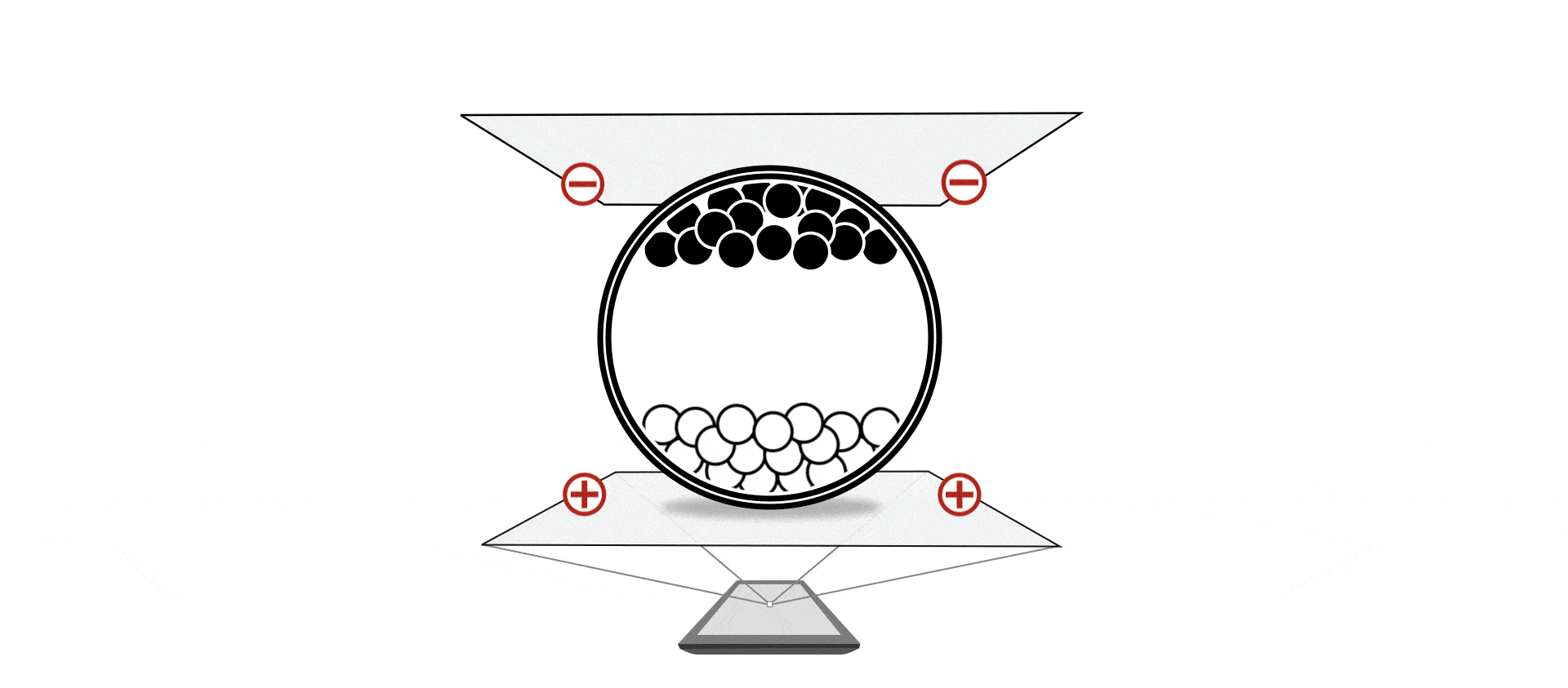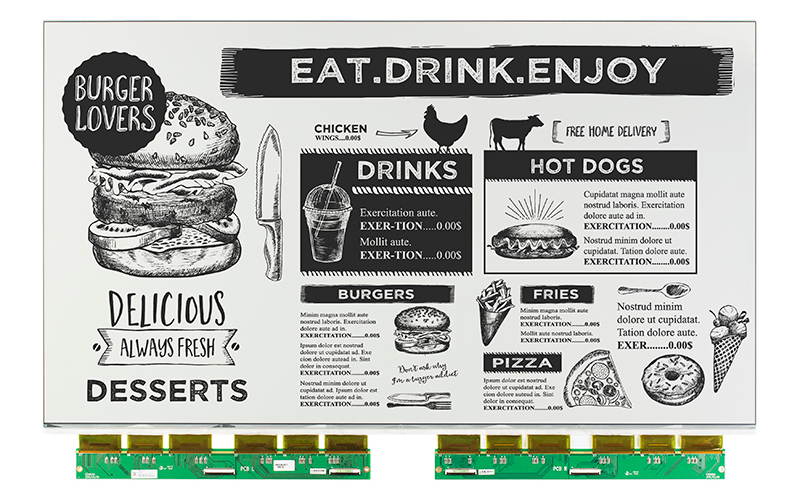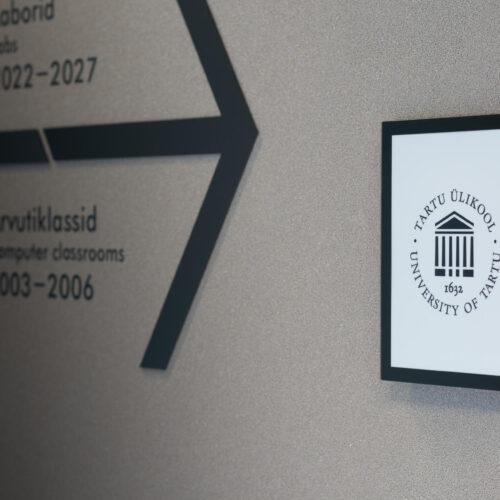Discover the fascinating world of electronic paper, or ePaper, the revolutionary display technology that is the the foundation of our ePaper display products. Unlike traditional LCD screens, ePaper reflects light, offering exceptional readability and energy efficiency. We will explore the history, development, and underlying technology behind this innovative display solution.

About ePaper
Electronic paper, often referred to as e-paper, ePaper, revolutionizes digital displays by mimicking the qualities of traditional paper. Unlike LCD screens that emit light, ePaper displays reflect light, providing excellent readability and remarkable energy efficiency. For instance, TintTech’s 13.3-inch ePaper displays consume a mere 0.3 W of electricity. Unlike its counterparts, which drain energy continuously, ePaper only requires power when switching images, making it an ideal choice for digital signage, wayfinding solutions, and reading. Popular products utilizing ePaper technology include E-readers like the Amazon Kindle and electronic shelf labels. TintTech strives to expand the applications of ePaper by designing products that can be used for indoor digital signage at offices, campuses, hospitals, and museums.
A Brief History
The genesis of electronic paper dates back to the 1970s, when Nick Sheridon pioneered the technology. However, its potential remained unrealized until 1989, when Xerox, where Sheridon worked, embarked on developing the first ePaper technology named Gyricon. While Gyricon ceased manufacturing devices, it still licenses its technology to other firms.
E Ink, the industry leader in ePaper development, introduced electrophoretic display technology in 1997. Over the years, they continued to refine and market their technology. In 2012, E Ink announced the development of colored ePaper displays, although they initially lacked the vibrancy of traditional LCD screens. The journey to their revolutionary product, Spectra 6, culminated in April 2023 when E Ink unveiled its fully realized color ePaper display.
The Technology Explained
Electronic paper employs various technological approaches, with electrophoretic display, electrowetting, and reflective LCD being among the most popular. Electrophoretic displays, for instance, consist of millions of microcapsules containing white and black microparticles. These particles, positively and negatively charged, respectively, rearrange themselves under an electric field to form black-and-white images on the display. The technology is visualized in the video above by E Ink.

How Long Does It Take to Update an Image?
Updating an image in ePaper technology typically takes a fraction of a second, with the exact time varying depending on factors such as the complexity of the image and the specific E Ink display being used. The E Ink Carta displays used by TintTech require roughly 0.75 seconds (750 milliseconds) to update the contents on the display.
Can ePaper Displays Show Video?
By applying the accelerated update modes, ePaper screens can achieve animation-quality video rates, showcasing the dynamic potential of this innovative technology. While examples of ePaper screens displaying video content are available, it’s important to note that frequent updates compromise the power efficiency of our ink systems. At present, E Ink‘s production modules are not equipped to sustain video-rate updates, underscoring the ongoing evolution of ePaper technology.
Our Strategic Partnership with E Ink
TintTech has been in partnership with E Ink since 2015, leveraging its displays across all products. E Ink Holdings Inc., based on technology from MIT’s Media Lab, has transformed and defined the eReader market, enabling a new multi-billion dollar market in less than 10 years.
E Ink’s low power products are ideal for IoT applications ranging from retail, home, hospital, transportation and more, enabling customers to put displays in locations previously impossible. The Company’s corporate philosophy aims to deliver revolutionary products, user experiences and environmental benefits through advanced technology development. This vision has led to its continuous investments in the field of ePaper displays as well as expanding the use of its technologies into a number of other markets and applications including smart packaging and fashion.
Its Electrophoretic Display products make it the worldwide leader for ePaper. Its Fringe Field Switching (FFS) technologies are a standard for high-end LCD displays and have been licensed to all major liquid crystal display makers in the world.





